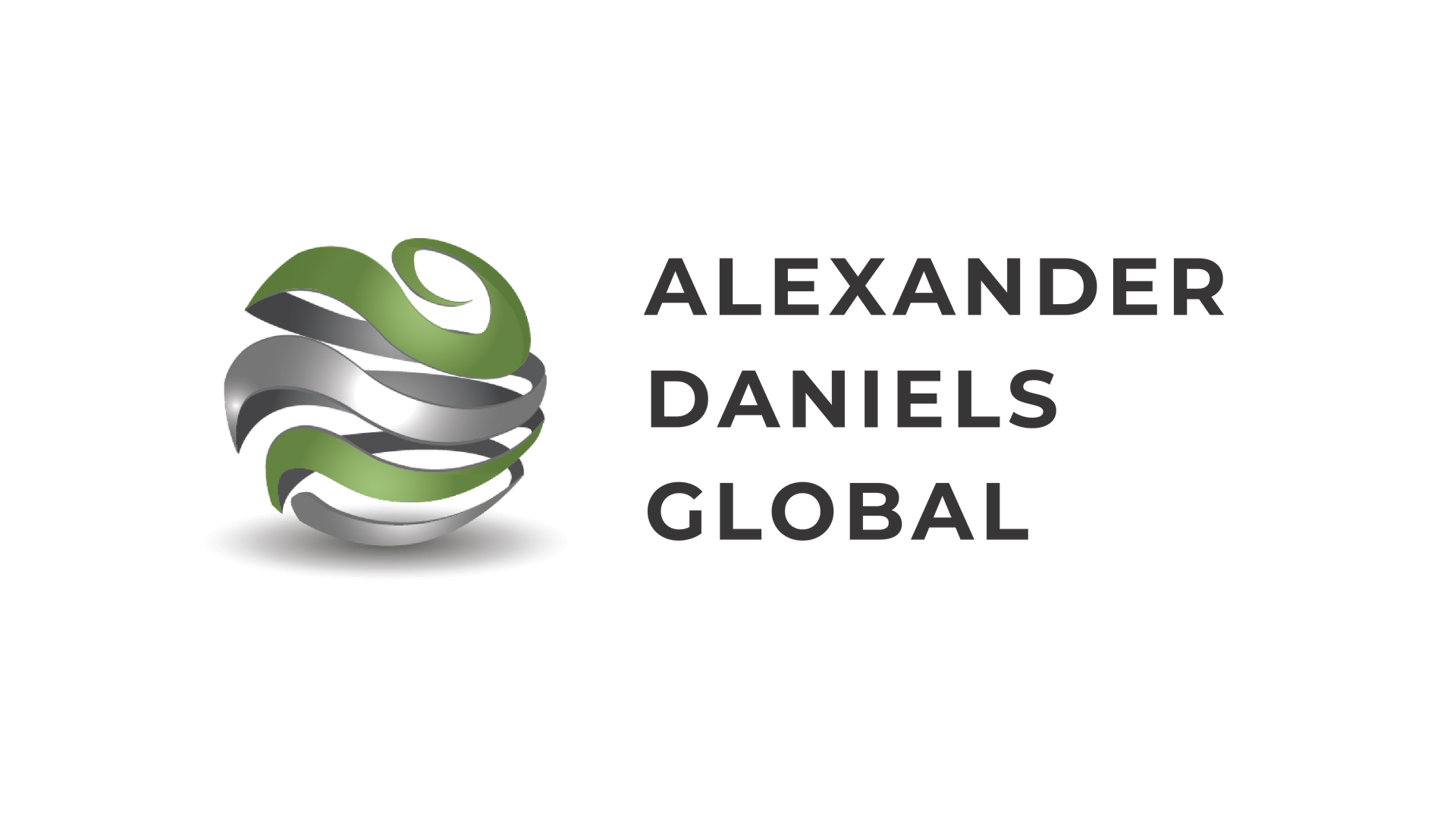
With Marie Langer, CEO at EOS, actively campaigning for diversity in the additive manufacturing industry and EOS championing the celebration of diversity in recent weeks, what does it really mean to diversify the workforce, and in turn the industry?
On the 20th of May, Marie Langer was quoted on the EOS LinkedIn company page as saying, “I strongly believe that by choosing to bring different perspectives and experiences to the table, we will make EOS resilient and ready for the future”.
At Alexander Daniels Global, there is one thing that we agree on – change is inevitable. The question is not ‘when’ it should come, or even ‘if’ it should come, the question is: where will you be when it does come?
EOS’s recent, public celebration of diversity got us discussing what diversity means within additive manufacturing and how purposefully diversifying the workforce in the industry would inevitably affect it.
So, what do you need to consider when you start diversifying your workforce?
Attracting the talent for the right reason
While it is commendable to champion the charge for diversity, it is essential that it is done for the right reasons. So, if your organisation is pulling towards the idea of diversifying its workforce, make sure you stop and consider this question: “Are you attracting the talent for the right reason?”
One thing we got to discussing at Alexander Daniels Global is the idea that exists in various industries or organisations of diversity initiatives. Organisations, with the best intentions, have worked and are working on different ways in which they can successfully diversify their workforce. But one thing that recruitment agencies would agree with us on, is that there is only one way to really do this successfully: hiring on experience and merit and looking beyond that to recognise the potential in candidates too.
Looking at the potential of candidates is the best way to ensure and promote the diversification of your workforce. Potential can be recognised through characteristics such as curiosity, determination, engagement, and insight. The Economist published a great article on how diversity initiatives have changed in the last year, which can be found by following this link.
To try and orchestrate diversification of workforces will likely not provide these types of initiatives with long-term solutions. With a talent pool as small as we have in the additive industry, it is generally asking too much. Therefore, it is important to reflect on the original comment made of ‘change being inevitable’ and recognising that the right and just aim of promoting diversity in the industry should and will happen, with time. With the expansion of the industry, we will see a natural rise in the number of diverse professionals entering the talent pool.
A golden piece of advice
So, how can you look past what the naked eye can see, and recognise potential in others? Firstly, address the reasons why you might like to diversify your workforce, and then reassess your preconceptions. This point can apply to anyone. When looking to hire, you may enter into the process with a preconceived idea of what, in your experience, constitutes the ideal candidate. It is the nature of humans to be biased towards their own expectations, based on the experiences that they may have lived.
Ask yourself not only what an individual’s qualifications show or whether they meet the criteria that you are looking for, but what characteristics they exhibit when you interact with them. Are they interested? Engaged? Do they ask questions about you and the work? Do they show tenacity and a willingness to learn, adapt and grow? It is important to remain open-minded when going through a recruitment process in order to build and be a part of a successfully diverse team.
The team at Alexander Daniels Global strive to consistently propose the most qualified people for the job, so employers are encouraged to trust in the potential that a candidate might have, that could consequently benefit their organisation.
The undeniable positives of a diverse workforce
We all know that there are undeniable benefits to promoting a diverse workforce in your organisation. Adding new perspectives, backgrounds and cultures to the industry ultimately brings new ideas and paves the way for the discovery of new applications of additive technologies too. Yet each sector of diversity can bring different and individual benefits to a workforce:
Ethnic, Cultural and Religious background:
Diversifying the number of individuals on your team from various ethnic, cultural, and religious backgrounds can give your team new methodologies, ideas and ways of approaching the work that you do. With an open mind and a little bit of willingness to change, this can open doors to working habits that could improve productivity. On a more practical note, if the individual is a foreign national, they could also be more willing to relocate for work which would benefit geographically dependent roles.
Age:
Diversifying the ages of the people in your team comes with benefits that are self-explanatory. An individual with more expansive industry knowledge would be equipped to understand what works and what doesn’t, based on experience, and equally, someone starting a career in additive, might be able to apply the skills and techniques studied, and impart their knowledge of new or different process that could add value to your organisation. Every experience level has something to offer and having a healthy balance of these professionals in your workforce could provide you with a well-balanced direction for the future.
Gender:
Loxley Graham, Head of Europe & ROW at Alexander Daniels Global said it best, “In a talent pool as small as this one, the industry has to be realistic and ensure it doesn’t ostracise people capable of successfully problem solving. As a sector, additive does a lot to promote inclusion and more activities like Women in 3D Printing are good, because they do not exclude anyone whilst promoting diversity.”
We are all aware of the push for more women and young girls to pursue interests and careers in the engineering sector, and additive can stand proud knowing that there already exist initiatives that promote gender diversity in the industry. And indeed, Metal AM Magazine recently published a feature on the importance of Women in 3D Printing, in which Jennifer Killingback, Director North America at Alexander Daniels Global, was featured talking on the topic. The magazine issue can be found here.
What should you do?
So, what can you do to ensure that you successfully diversify your workforce for the right reasons?
We thought of a few things to consider:
- Be mindful of employment laws in your country.
- Be aware of limitations/expectations and prepare for them (such as necessary sponsorships for foreign nationals for example)
- Consider each candidate for a job based on merit and suitability to the role.
- Look past skills and experience and assess also for the potential of the individual.
- If you want a diverse workforce, you need to create a diverse culture. You need to accept, onboard and be inclusive of the different cultures and backgrounds that exist.
- This could mean introducing flexible holidays to allow religiously diverse minorities to observe their religious or cultural holidays.
- Additionally, on-boarding to the team in a way that is respectful of the needs of ALL people in the team.
The conclusion?
The topic of diversity is vast, intricate, and difficult to summarise in an article, Fundamentally, the solution is not to start diversifying the workforce at an industry level, but rather to support young individuals and encourage them to pursue careers in additive, in order to truly and organically increase the diversity in the industry.
As Nick Pearce, Founder and Director at Alexander Daniels Global said, “Personally I think that diversity is important to provide balance of ideas and opinion within a workforce. However, specific policies to increase diversity in the workforce can be counterproductive. In order to increase the workforce diversity in AM, for example, the job has to start much earlier. More young people need to be attracted into a future career in AM while at school. We need to inspire younger generations to develop the interest and provide the pathway through education and into the industry,” a sentiment echoed across the organisation.
Additive is currently pulling on resources that are short, in trying to diversify the industry, and although the intentions of the diversity agenda are noble, it cannot currently be sustained with the size that the talent pool is at.
However, diversifying the applications of 3D Printing will inevitably and organically diversify the additive industry, and as we start to see 3D Printing technologies used in fashion, medicine, manufacturing, packaging and across various other sectors, this will also be reflected in the growth of the talent pool.
If your organisation is looking to diversify, aim to do it in an organic and natural way, and prepare to embrace change to promote inclusivity of the needs of your workforce.
Interested in discussing the topic in this article? You can reach out to us by email on adminadg@alexanderdanielsglobal.com.
Subscribe to Our Email Newsletter
Stay up-to-date on all the latest news from the 3D printing industry and receive information and offers from third party vendors.
Print Services
Upload your 3D Models and get them printed quickly and efficiently.
You May Also Like
3D Printing News Briefs, June 11, 2025: Sustainability, Automotive Tooling, & More
We’re starting with sustainability news in today’s 3D Printing News Briefs, as EOS has strengthened its commitment on climate responsibility, and Zestep is making 3D printing filament out of eyewear...
3D Printing 50 Polymer Stand-In Parts for Tokamaks at the PPPL & Elytt Energy
Of all the world’s things, a tokamak is one of the hardest, most complex, expensive and exacting ones to make. These fusion energy devices make plasma, and use magnets to...
3D Printing News Briefs, May 17, 2025: Color-Changing Materials, Humanoid Robot, & More
We’re covering research innovations in today’s 3D Printing News Briefs! First, Penn Engineering developed 3D printed materials that change color under stress, and UC Berkeley researchers created an open source,...
Firehawk Aerospace Partners with JuggerBot 3D, Gets $1.25M from AFWERX for 3D Printed Propellants
Texas-based Firehawk Aerospace, an advanced energetic materials firm that works with aerospace and defense applications, announced a strategic partnership with JuggerBot 3D, an Ohio-based large-format 3D printer manufacturer. Together, the...




































